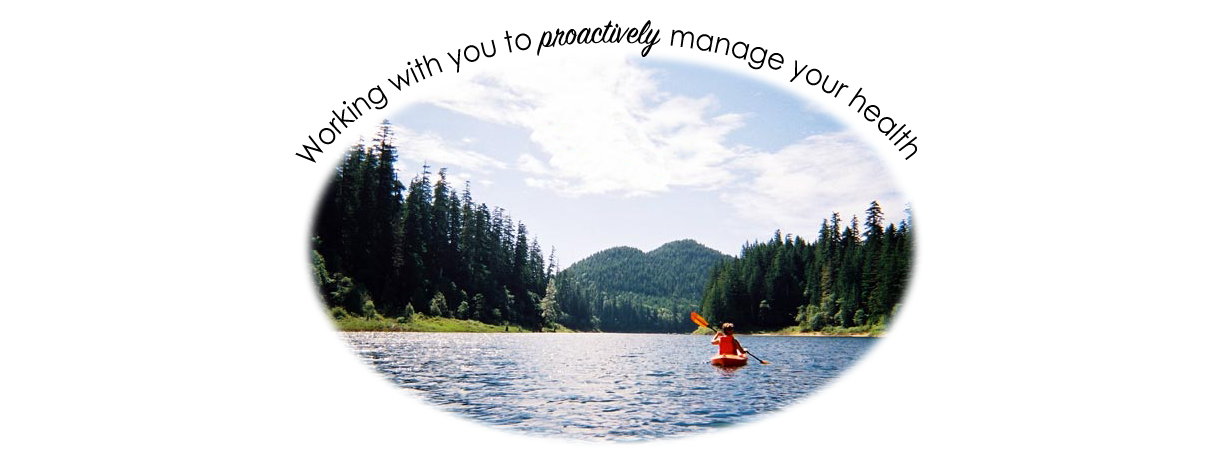Alcohol consumption has been rising since the mid-90s but since the onset of the pandemic, alcohol consumption has risen significantly more. This significant increase is likely due to boredom, easy access from being home more, stress, or some combination of these three factors. The National Institute for Alcohol Abuse and Alcoholism (NIAAA), a part of NIH, defines a standard drink as 12 ounces of beer, 8-9 ounces of malt liquor, 5 ounces of wine, or 1.5 ounces of liquor (aka a “shot”). The NIAAA defines moderate drinking as 2 drinks or less per day for men and 1 drink or less per day for women. Heavy drinking is 14 or more drinks per week for men or 7 or more drinks per week for women. Binge drinking is 5 or more drinks in 2 hours for men or 4 or more drinking in 2 hours for women. According to www.alcohol.org, you are an alcoholic if you meet 2 of 11 criteria.
Consumption of alcohol can have many negative health implications including increasing your risk of developing cancer. The type of alcohol you drink does not change your cancer risk because the cancer-causing substance ethanol is in all types of alcohol. The more alcohol you consume, the greater your risk of developing certain cancers. These cancers include head and neck, esophageal, breast, liver, and colon cancer. While the exact mechanism of how alcohol causes cancer is unknown, the National Cancer Society lists the following possible hypotheses:
- Ethanol is metabolized in the liver into acetaldehyde, a toxic chemical and likely carcinogen. Acetaldehyde can damage proteins and DNA. Additionally, candida yeast, which many people have in their gut, also metabolized to acetaldehyde and CO2. This is made worse by the alcohol and sugar/carbs that feed the yeast. Acetaldehyde cannot break down in the body and brain causing inflammation. (That’s a topic for another blog).
- Alcohol may create reactive oxygen species (ROS) which are highly chemically active molecules containing oxygen. During oxidation (rusting), these ROS can damage fats, proteins, and DNA.
- Alcohol can increase estrogen levels. Estrogen plays a role in the growth and development of breast tissue and elevated levels of estrogen are associated with an increased risk of hormonal cancers. Estrogen makes things grow (breast, endometrial lining, babies)
- The body’s ability to break down and absorb certain nutrients associated with a decreased cancer risk may be impaired by alcohol thus putting you at an increased risk of developing cancer.
For cancer patients going through treatment, alcohol can make already difficult side effects worse. Common side effects from treatment aggravated by alcohol consumption include mouth sores, pain with swallowing, and diarrhea. There is no clear consensus if alcohol consumption increases the recurrence of cancer, but hypothetically it is sugar and sugar feeds cancer. (that too is another subject for a blog). From www.cancer.gov.com, alcohol can increase the risk of developing secondary cancers.
As a naturopathic oncologist, board-certified as a Fellow of the American Board of Naturopathic Oncology (FABNO), Dr. Bye investigates all possible causative factors by taking a “head to toe” approach where she spends a significant amount of time delving into a patient’s history and connecting the dots that increase the risk of cancer. Alcohol consumption is just one of many factors that contribute to the multifactorial cause of cancer that she addresses. Once she has identified causative factors, she works with her patients to treat the things that allowed cancer to grow. Additionally, she helps patients while going through cancer treatment with well research protocols that reduce side effects, without interfering with the treatment, and ties up circulating tumor cells to reduce the chance of metastasis. It is really important to work with someone who is trained in complementary oncology as many things can interfere with treatment. This can be dangerous if you do not know what you are doing. Some supplements and herbs can reduce the effectiveness of the treatment and make side effects worse. Finally, Dr. Bye helps cancer patients recover from treatments, and she works with them to minimize the driving factors of cancer to reduce recurrence rates for those with no evidence of disease or slow down the cancer process for those that still have residual disease.
CDC says to drink in moderation as defined above. If you are someone who drinks, decreasing your consumption or discontinuing alcohol decreases one of the risk factors for cancer. Dr. Bye reminds each patient that they are the only person in charge of their health and it is never too late to take proactive steps to improve your health. Dr. Bye helps you to take charge of your health, navigate the cancer treatment process, and take care of the vehicle through which you experience your life… you only get one. Those who participate in their cancer care have better outcomes.
Alcohol and cancer risk fact sheet. (n.d.). Retrieved April 26, 2021, from https://www.cancer.gov/about-cancer/causes-prevention/risk/alcohol/alcohol-fact-sheet#what-is-the-evidence that-alcohol-drinking-can-cause-cancer
Alcohol facts and statistics. (n.d.). Retrieved April 26, 2021, from https://www.niaaa.nih.gov/publications/brochures-and-fact-sheets/alcohol-facts-and-statistics
